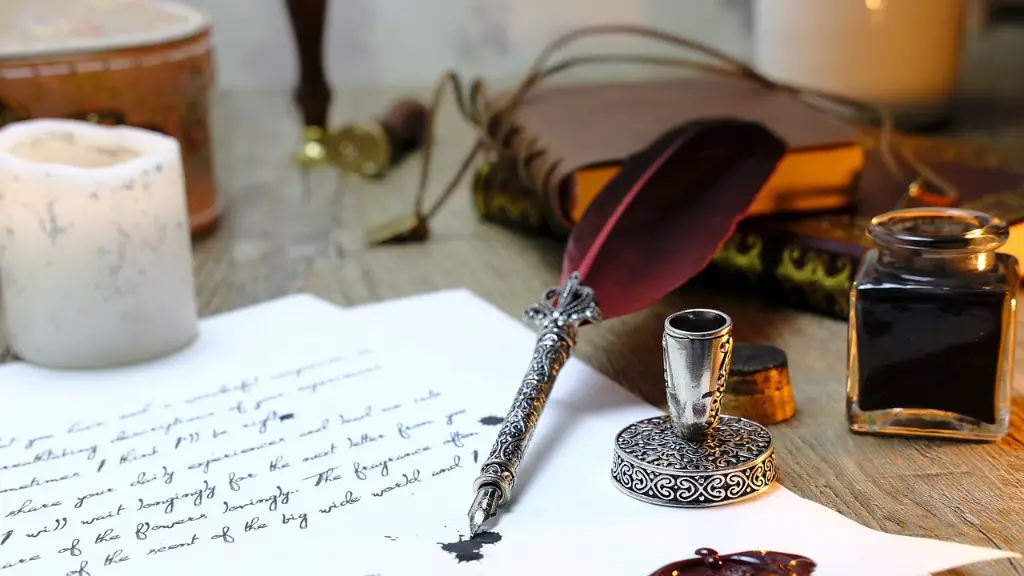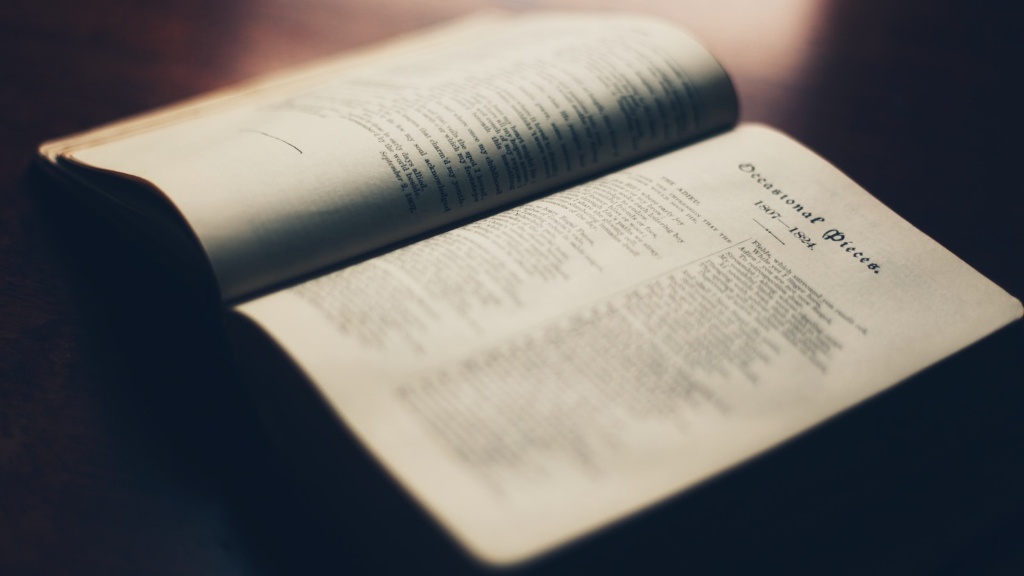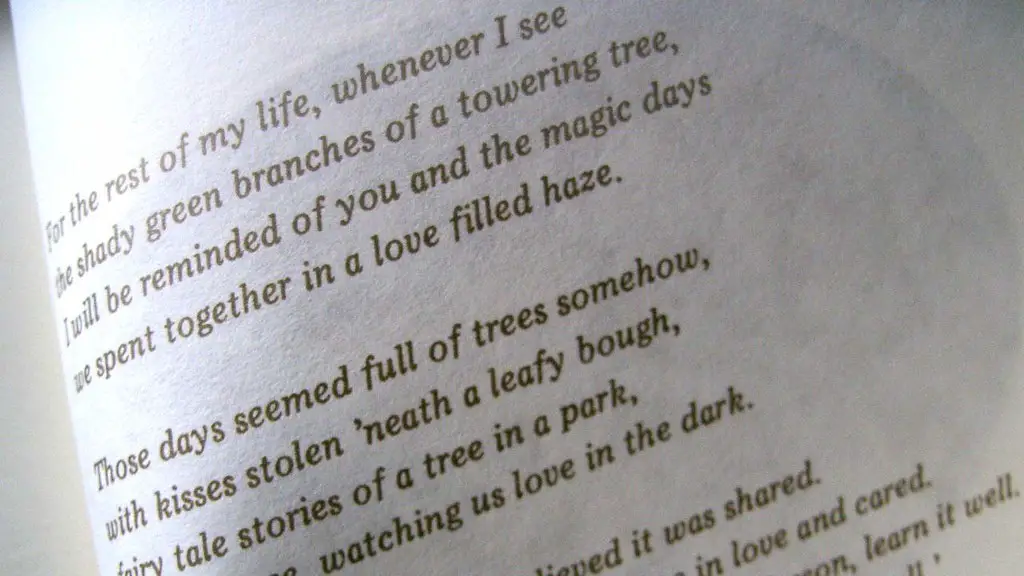Techniques for Reviewing a Poetry Collection
The process of reviewing a poetry collection requires an in-depth knowledge of the genre, patience, and an eye for detail. To properly review a poetry collection, one needs to not only read and interpret the poetry, but also assess the collection as a whole. It is important to review the entire collection in order to truly understand the author’s message and the work’s impact on the reader. Here are some tips for reviewing a poetry collection.
Reading and Understanding the Poems
The first step to reviewing a poetry collection is to read and understand the poems. While this may seem like an obvious tip, it is important to take your time and really try to understand the intricacies of the poems. Reading poetry is a complex process, as there are often layers of meaning and symbolism beyond what is on the surface. As you read, it is important to make note of any questions that come to mind, as well as any feelings that arise. This will help you to get a better sense of the author’s message and craftsmanship.
Connecting Ideas Across the Collection
Another important tip for reviewing a poetry collection is to look for connections between the poems. It is important to consider how individual poems tie into the overall collection and how the ideas and themes flow across the collection. For example, an author may write a collection of poems that explore the idea of love, but within each poem there can be a unique interpretation of that idea. It is important to look for this kind of thematic consistency across the collection.
Assessing the Work Within the Context of the Genre
When reviewing a poetry collection, it is also important to assess the work within the context of the genre. Knowing the conventions and characteristics of the genre can help you to more fully appreciate and understand the work. Every literary genre has its own unique elements, so it is important to consider how the author’s work fits into the larger landscape of the genre. This kind of analysis can help you to better understand the collection as a whole.
Evaluating the Craftsmanship of the Collection
When reviewing a poetry collection, it is also important to evaluate the craftsmanship of the work. This includes evaluating the author’s use of language and structure, as well as looking at how the collection as a whole is constructed. Paying close attention to the imagery, diction, and syntax can give you insight into how the author is trying to convey their message, while looking at the organization of the collection can help you to understand the author’s process.
Analysing the Impact of the Collection
One of the most important aspects of reviewing a poetry collection is looking at the impact of the work on the reader. This means considering not only what the author is trying to say, but also how it resonates with the reader. Evaluating the emotional impact of the poems can help the reviewer to gain a deeper understanding of the author’s point of view. It is also important to think about the cultural relevance of the collection and how it might fit into the larger context of current events.
Analyzing the Effectiveness of the Poetry
Lastly, it is important to consider the effectiveness of the poetry. This can be done by looking at the structure and eloquence of the language and considering how the poem would sound if recited aloud. It is also important to consider the changes that might have been made to the poetry in order to make the work more powerful and effective. By taking the time to evaluate the effectiveness of the poetry in the collection, the reviewer can gain a more comprehensive understanding of the work.
Exploring Literary Genres to Enhance Learning
When it comes to poetry, there is a wide range of literary genres to explore. Taking the time to read works in a variety of genres can help to expand one’s understanding of poetry, and of literature in general. Exploring the different genres, from epic poetry to rap, can open the door to learning more about the craft of poetry and help to foster a richer appreciation of the written word.
Developing an Appreciation for the Artist’s Process
Finally, it is important to consider the artist’s creative process when reviewing a poetry collection. A review should not only evaluate the impact of the work, but also explore the author’s intentions. Reading about the artist’s inspirations and motives can help to uncover the deeper meanings hidden in their work, allowing readers to gain a more comprehensive appreciation for the collection.
Understanding Different Types of Poetic Devices
In addition to exploring literary genres, it is also important to have a basic understanding of the various poetic devices used in poetry. Knowing the differences between an apostrophe and a metaphor can give readers a better understanding of the nuances of the language being used. It is also important to understand the different structures that are used in poetic forms, such as a sonnet or villanelle, in order to fully appreciate the nuances of a poem.
Finding Online Resources to Learn More About Poetry
For readers who are looking to learn more about poetry, there are a variety of online resources available. From forums to websites to podcasts, there are dozens of resources for those eager to explore the world of poetry. Taking the time to explore these online resources can help to deepen one’s understanding of poetry and foster a greater appreciation for the genre.
Learning to Critique a Poetry Collection
In order to properly review a poetry collection, it is important to understand how to critique a artwork. Looking at the poem from both a technical and psychological perspective can help to gain insight into the author’s intentions. One should also consider the poem’s structure, themes, and imagery, as well as its impact on the reader. Taking the time to understand the mechanics of critiquing a poem can help ensure that a review is thorough and insightful.
Exploring the Historical Context of a Poetry Collection
Finally, it is important to consider the historical context in which a poetry collection was written. Taking the time to understand the cultural and political milieu in which the poetry was created can help to deepen the reader’s understanding of the work. Even for collections that are more timeless, having a better understanding of the era in which the poetry was written can bring new insights into the work.



